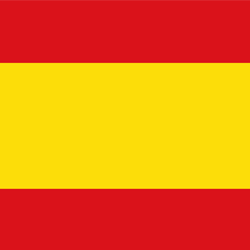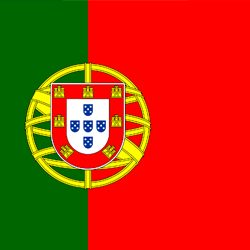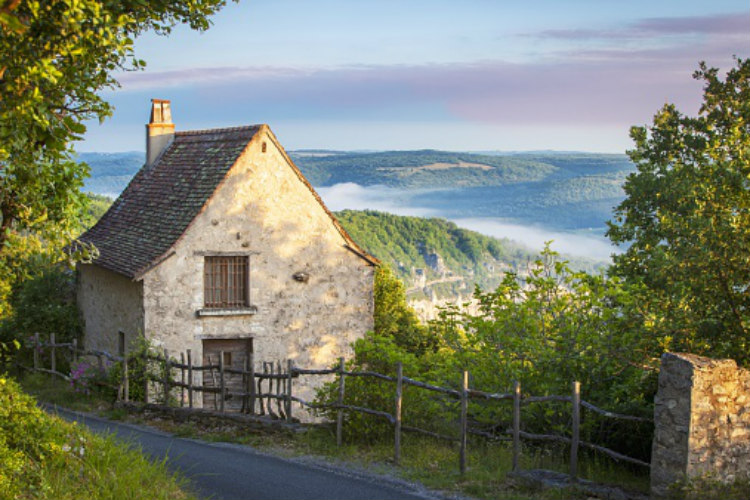Applying for a mortgage in France is actually very similar to applying for one in Britain – but there are some differences it pays to be aware of.
For starters, the mortgage application process in France usually takes around 60 days – considerably longer than in the UK.
If you’re thinking of taking out a French mortgage, read our quick guide for all the info you need to know.
Preparing for your application
Before the application process can even begin you’ll of course need to make sure that you’re prepared to take out a mortgage and have a solid idea of how much you’re hoping/able to borrow. This can have a significant impact on your property search and the types of property you’re able to consider.
It’s also sensible to compile any documentation you’re likely to need for the application process so you don’t end up causing delays.
Typically the documents you’ll need during the mortgage application process include: passport, marriage certificate, tax notices, wage slips (or audited accounts for the self-employed), sale contract, proofs of deposits and bank statements from the past three months.
Most of these will be used as proofs of identity and earnings for the mortgage lender.
There will be a large number of lenders you could use, so do your research, approach several and see who can offer you the best deal in terms of amount to be borrowed and the interest rate.
Some lenders may also have different requirements when it comes to the amount of deposit you need to pay. Quite often the deposit can be up to 20% of the purchase price for foreign nationals looking to buy in France, so research is crucial!
Something else you should look into is having your mortgage lender provide a pre-approval mortgage certificate, which acts like a UK mortgage in principle and indicates how much the lender is willing to loan you for your purchase.
You may like to take out insurance or mortgage protection too so you’re covered if anything goes wrong, this is usually around 0.5% of total costs.
Once you’ve organised your essential documentation and are ready to make your offer, make sure that the purchase contract on the property has the condition that contract completion is subject to including a mortgage – you can’t get a firm mortgage offer in France without signing a contract on the property first.
The mortgage application process
After your offer is made and all parties are satisfied with it and the conditions, the formal French mortgage application process begins with the signing of the ‘Compromis de Vente’ – the sale agreement.
The Compromis de Vente is a contract that binds you to buy and the seller to sell and usually comes alongside a deposit payment which is around 10% of the buying price.
As mentioned before, the agreement offer will have included a mortgage as a condition.
After the contract is signed and sent to a lender, there is a six-day cooling period in which you can prepare for the next steps while you wait, such as making the actual mortgage application and filling in banking forms with your prepared documents at hand.
This cooldown period is also the point where you can withdraw from the process if needs be.
Once the cooldown period has ended, your application and documents should be sent off to the lender for their consideration.
Assuming you have complied with all the terms, try not to worry about the lender making a possibly negative decision. If the lender decides not to proceed, you can withdraw and have your deposit returned to you.
If the lender’s decision is positive, the process will proceed and the application will be forwarded to other parties, who may come back to you with additional questions or ask for more documents (such as life insurance) before the formal mortgage offer can be given.
When the formal mortgage offer finally arrives, there is one more cooling-off period – which should last between ten to eleven days. In this time, you can send the portion of the purchase price you still owe to the notary.
It should be noted that the formal mortgage offer is only valid for 30 days including the cooling-off period, giving you around 20 days to sign and send it back to the lender.
Then, when the notary has funds from both yourself and the lender/bank, a time for you, the lender and the seller to all sign and agree to the mortgage deed will be arranged.
After the deed is signed, the property is yours!
Don’t rush!
While the mortgage process is similar to that used in Britain and you may be excited to push your property purchase through, it’s important not to rush the process.
The key points are to make sure your documents are prepared and to keep a close eye on the fees and funds throughout.
There are points early in the process where it’s a good idea to negotiate certain fees with your lender. For example, ‘early redemption fees’ could be around 3% of the purchase price and are more likely to be involved in fixed rate mortgages, but these can be negotiated.
While the whole mortgage process can begin and finish within 60 days, this time period doesn’t include all the research, preparation and shopping around you’ll have to do – so don’t worry if you take a while. Focus on finding a mortgage plan that suits you best, and good luck!









